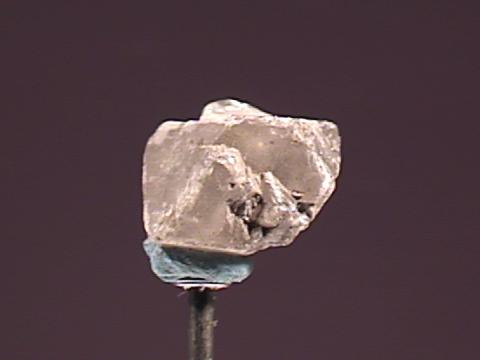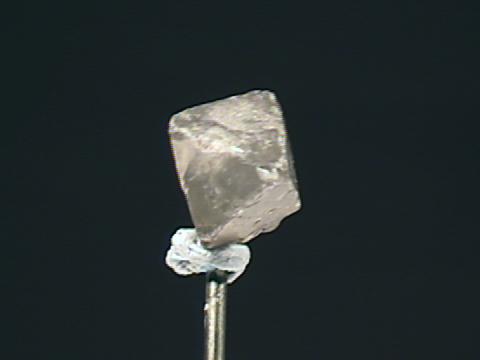 THE
MINERAL SENARMONTITE
THE
MINERAL SENARMONTITE
- Chemical Formula: Sb2O3, Antimony Oxide.
- Class: Oxides and Hydroxides
- Uses: A minor ore of antimony and as mineral specimens.
Specimens
Senarmontite is, in some respects, an under appreciated mineral. It is rather scarce and not very well distributed, so good specimens are hard to find. It forms excellent octahedral crystals that can be transparent with a high luster. Specimens with dozens of octahedrons of randomly varying sizes are especially admirable.
Senarmontite is dimorphous with the mineral valentinite. Both minerals have the exact same chemistry, but they have different structures. Senarmontite is isometric and valentinite is orthorhombic. It is similar to the situation between diamond and graphite. Valentinite is associated with senarmontite as well as stibnite. Actually both senarmontite and valentinite are oxidation products of the antimony sulfide.
PHYSICAL CHARACTERISTICS:
- Color is colorless, white or gray.
- Luster is vitreous, adamantine, greasy or resinous.
- Transparency: Crystals are translucent to transparent.
- Crystal System is isometric.
- Crystal Habits typically include well formed octahedral crystals but more commonly massive as well as granular and encrusting.
- Cleavage is imperfect.
- Fracture is conchoidal.
- Hardness is 2 - 2.5
- Specific Gravity is approximately 5.3 - 5.5 (heavier than average).
- Streak is white.
- Associated Minerals include quartz, stibnite , valentinite, kermesite, native antimony, stibiconite and other antimony minerals.
- Notable Occurrences are limited to the Djebel-Haminate Mine, Ain Beida, Qacentina (Constantine), Algeria and Ham Sud Township, Wolfe County, Quebec, Canada.
- Best Field Indicators are crystal habit, high luster, associations and specific gravity.






